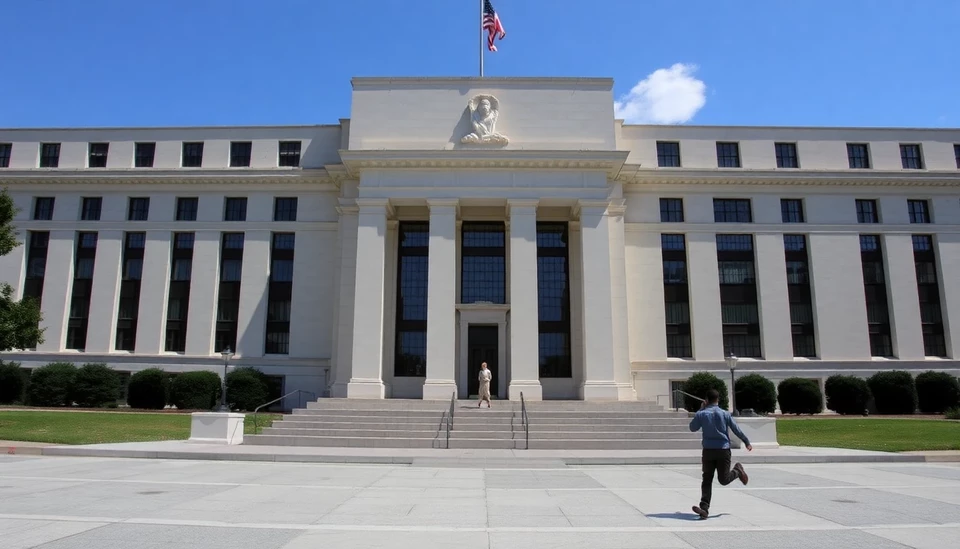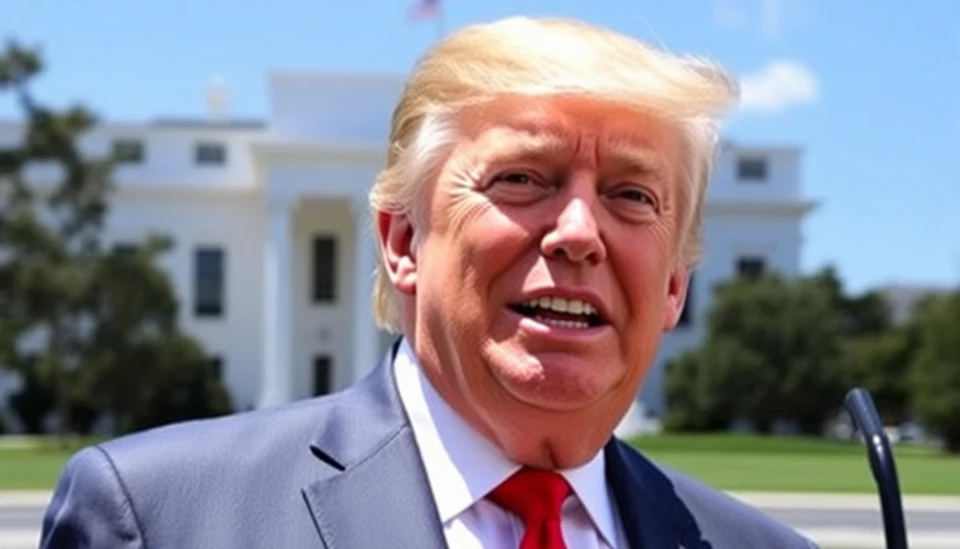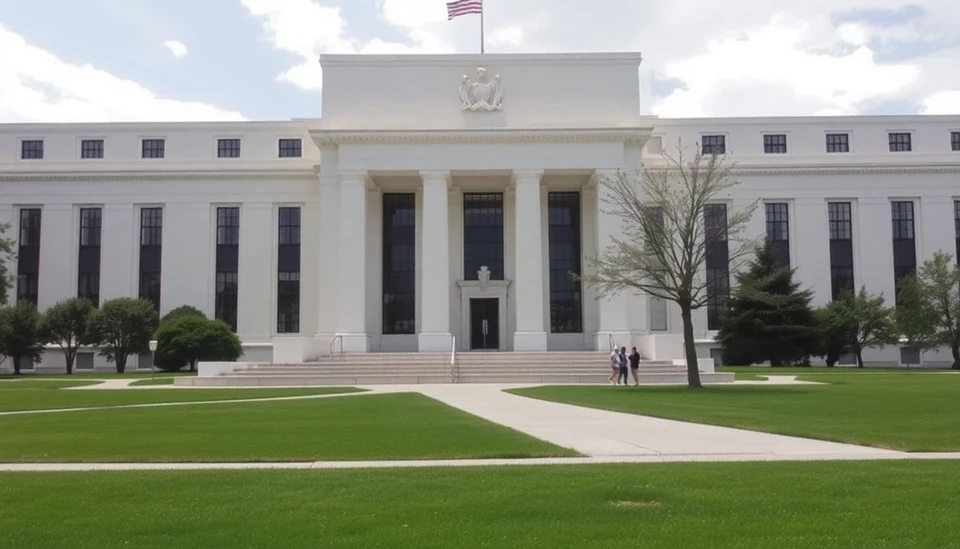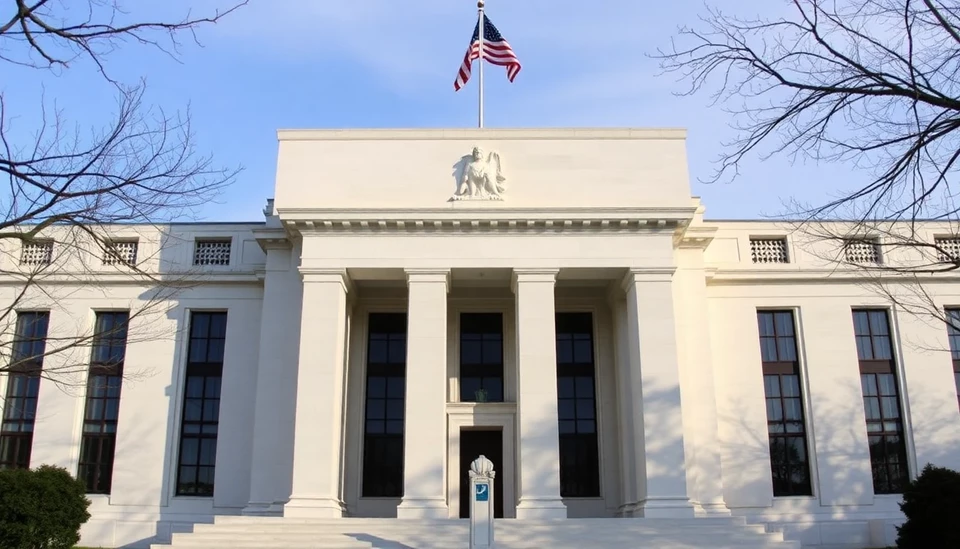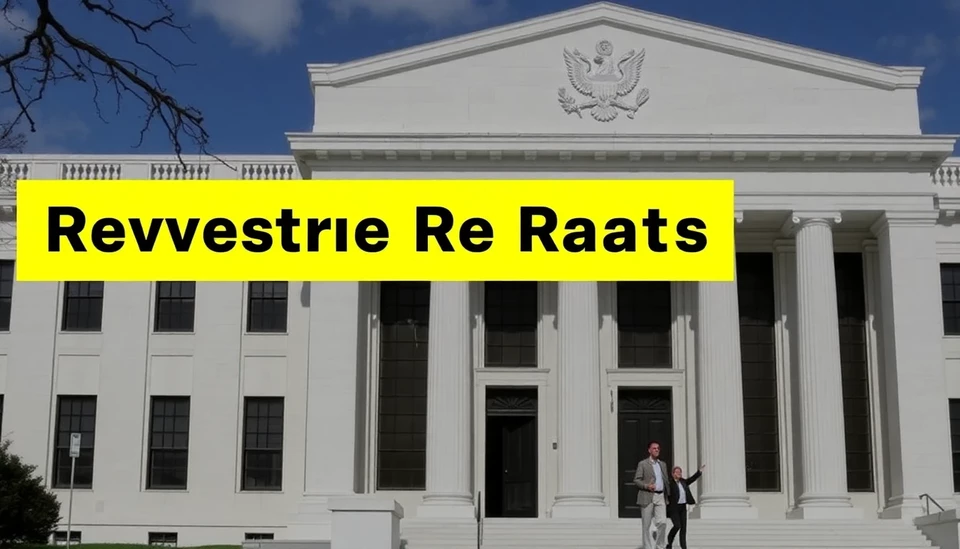
Federal Reserve officials are currently engaged in discussions regarding a potential cut to the reverse repurchase agreement (RRP) rate, an action aimed at influencing benchmark interest rates and enhancing monetary policy effectiveness. This consideration arises amid concerns about the impacts of persistent inflation and the broader economic landscape characterized by higher interest rates.
The RRP program allows banks and other financial institutions to deposit excess cash with the Federal Reserve, with a promise of a fixed return. By adjusting the RRP rate, the Fed can influence liquidity in the financial system and steer short-term interest rates to align with its broader monetary policy goals. A cut in the RRP rate may provide the Fed with more tools to manage the current economic environment, which has been marked by inflationary pressures and a complex interplay of market dynamics.
Several Fed officials have already expressed their views on the necessity of such an adjustment. They argue that a reduction in the RRP rate could represent a strategic move to ensure that the benchmark rate does not surpass desired levels, potentially stabilizing the financial markets further. However, there remains a divergence of opinions among policymakers, as some caution against the risks of altering such a crucial mechanism in the face of ongoing economic unpredictability.
Additionally, there are concerns about the effectiveness of the RRP tool in a high-rate environment. The Fed's focus on managing inflation while supporting economic growth raises the stakes of any alterations to its current policy framework. By potentially cutting the RRP rate, officials could encourage banks to lend more freely, which might ease some pressure on credit markets and support the broader economy.
Economists and market analysts are paying close attention to these developments, as any changes to the RRP could have significant implications for banking operations, stock prices, and consumer interest rates. The volatility in current market conditions adds an additional layer of complexity to the Fed's deliberations, as they weigh the immediate consequences against long-term economic stability.
As the discussions unfold, it is clear that the Federal Reserve is navigating a challenging path—one that requires careful consideration of both domestic and international economic signals. The decision to cut the reverse repo rate will not only affect financial institutions but could also influence consumer behavior and spending, thereby shaping the overall economic recovery trajectory.
In conclusion, as the Federal Reserve considers its next steps, the implications of potential changes to the reverse repo rate will be closely monitored by stakeholders across the financial spectrum. The outcomes of these discussions will undoubtedly impact financial markets and the economy as a whole, potentially setting the stage for future monetary policy directions.
#FederalReserve #ReverseRepo #InterestRates #MonetaryPolicy #Economy #Inflation #FinancialMarkets
Author: Rachel Greene
